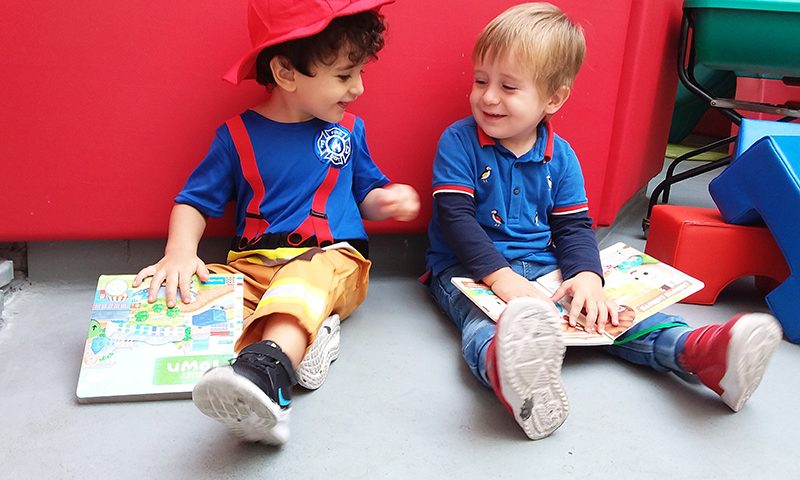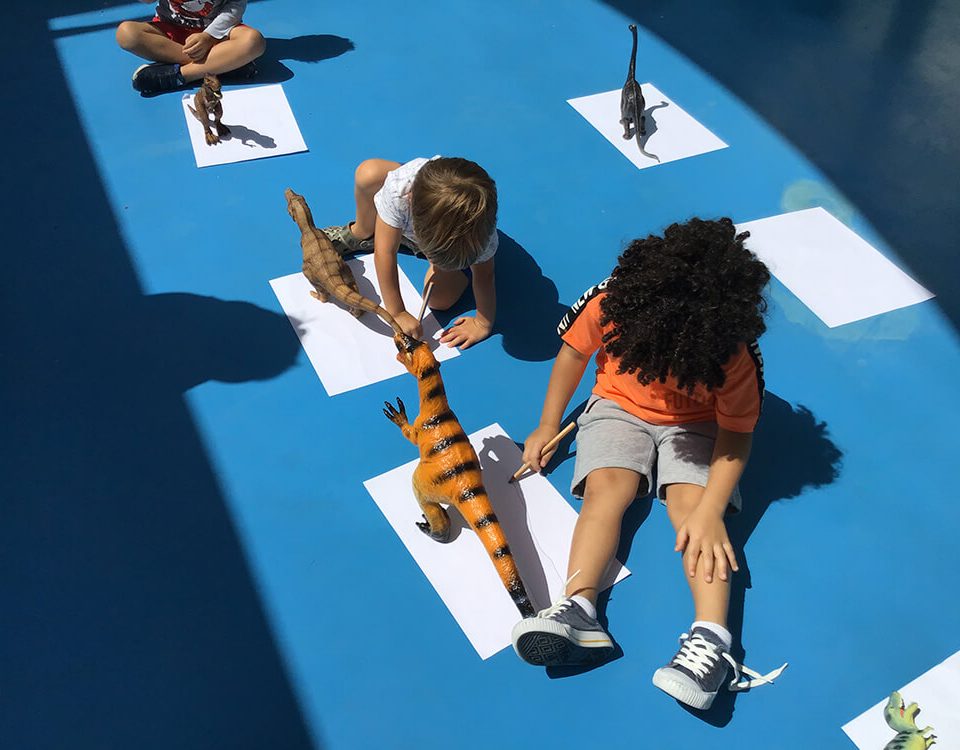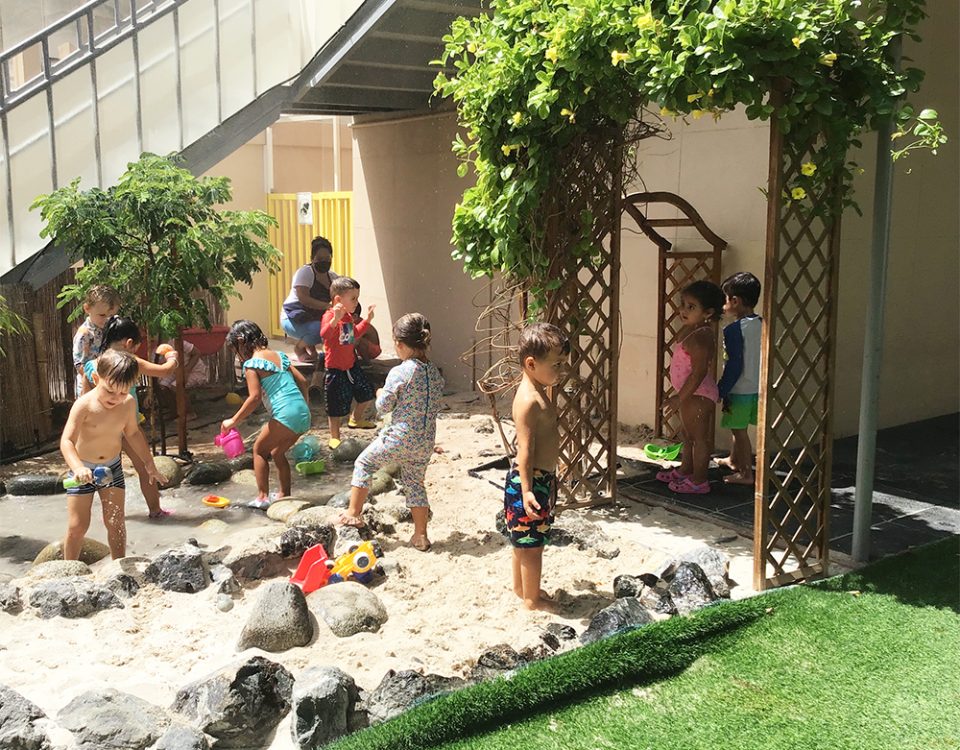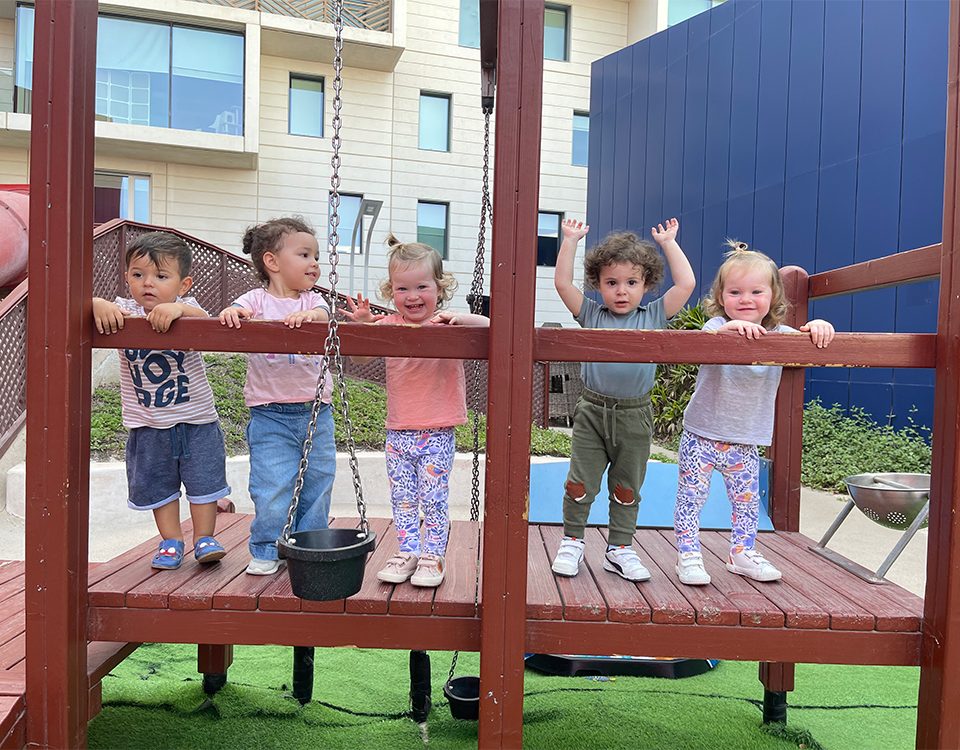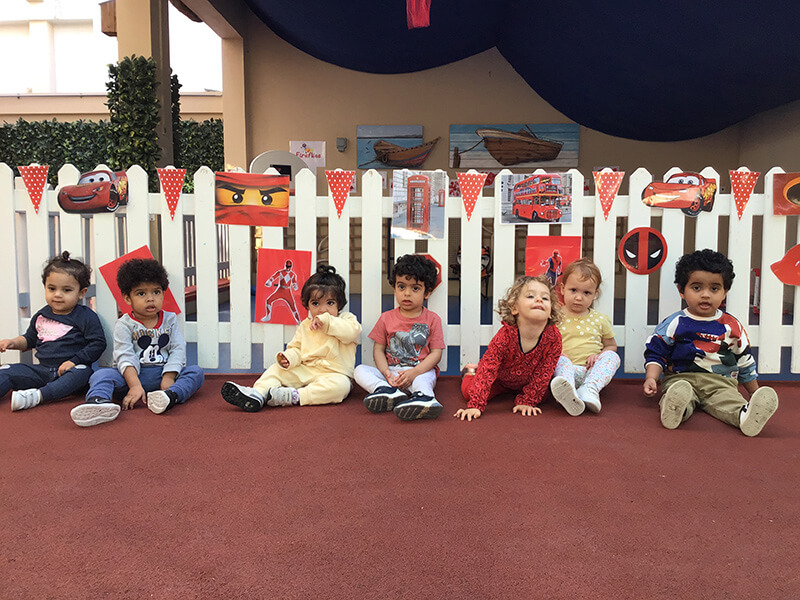


Healthy lunchbox ideas for children
22/02/2022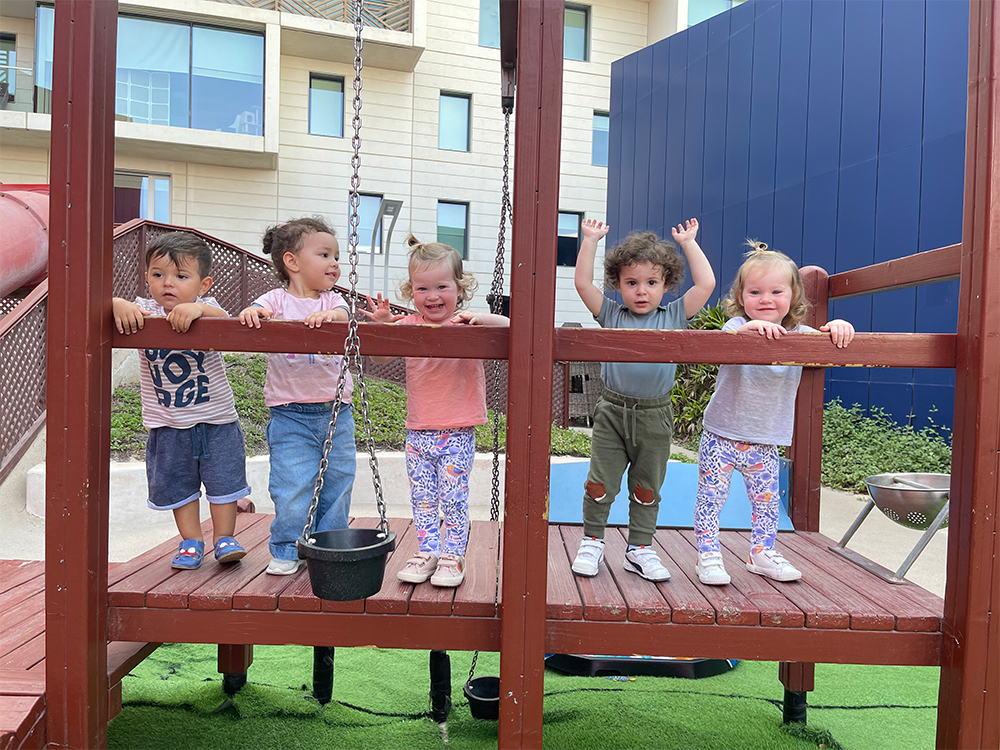


Keeping kids occupied in the hot summer months
26/04/2022Whether you want your child to speak Polish, Spanish or Punjabi, being bilingual is a great skill to have. But how do you go about it? And will there be any issues in their language development if you do?
It’s a common myth that you should only speak to children in the language that they will be taught in at school.
Evidence suggests that it’s better to speak to your children in all of the languages that you speak at home as they’re more likely to pick these up early on.
We spoke to Speech and Language Therapist Monal Gajjar about bringing up bilingual children and she answered some of your most common questions.
Do bilingual children take longer to start talking?
Bilingualism shouldn’t be a barrier to learning language – it should be an asset.
Some children will pick up two languages at the same time – this is called simultaneous bilingualism. Others might learn the second language slightly behind the first language – this is called sequential bilingualism.
As long as your child is picking up all of the social cues and vocabulary of the language they have the most access to, the second language will follow naturally.
How can I support my bilingual child better?
It is worth bearing in mind that a child can still be bilingual even if they do not show the same proficiency in both languages.
Some children are ‘passive bilinguals’, which means they are able to understand more than one language well but are able to express themselves better in the dominant language.
This is the language that they are exposed to at nursery, watch on TV, read in books, hear in adult conversations and so on.
If you wish to increase their proficiency in the home language, you can choose specific times of the day to use only the home language, e.g. bath time, breakfast time. Also model how you use your home language when singing nursery rhymes, or when looking at books that are in your home language. Remember, children learn and pick up what we speak, how we speak and when we speak!
How can I introduce the basics of a second language to my child?
There are various ways of introducing a second language. You may want a particular family member to always speak one language to the child and they will learn to associate the second language with this person and learn to switch at the right time.
Some parents introduce new language through books and reading activities or songs. The best language learning is when it is consistent and in context.
Should I be worried about when my child starts school or nursery?
The thing with the way children learn language is, once a foundation language has been anchored they absolutely have no problems learning other languages. Often, there is a time where they do start nursery when they might go through what we call a silent period but it’s absolutely nothing to worry about, that’s very common.
What they’re doing is they’re observing and they’re learning and they’re watching to see how their peers are interacting with another language and this period only lasts for a few weeks or a few months.
There’s no way that having an additional language has an effect on their language development.
What if only one parent speaks the second language?
As long as the second language is consistently used with the child, it’s absolutely fine for one parent to introduce a non-home language and it won’t negatively affect their first language.
How do you teach baby pronunciation in another language?
Babies learn their speech sounds from hearing the words spoken to them from the people around them. When babies first babble they are capable of producing any human speech sound.
This ability reduces as they grow. So talk to your baby right from birth in the languages you want them to use and they will imitate from you.
BBC – Tiny Happy People


